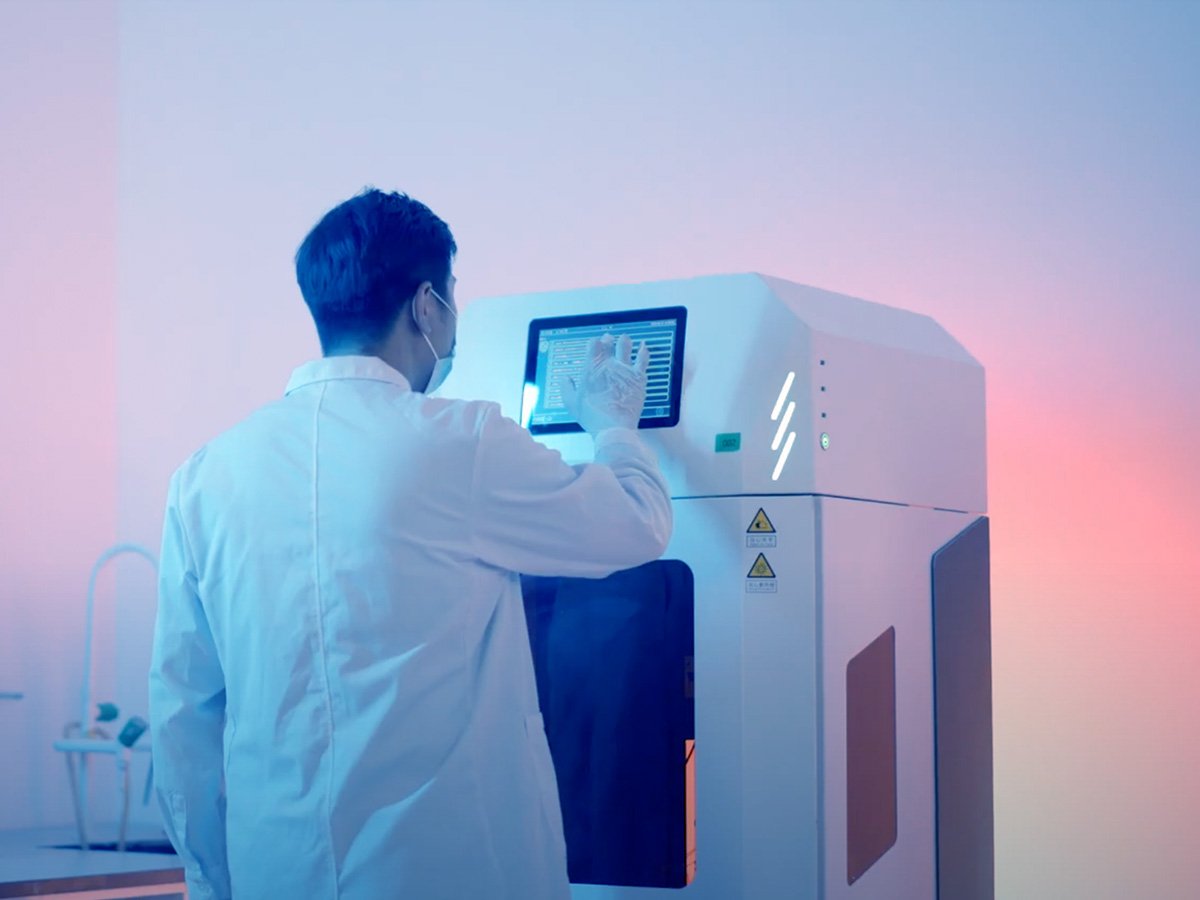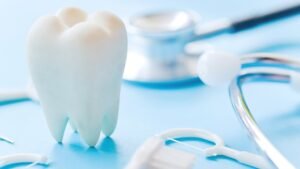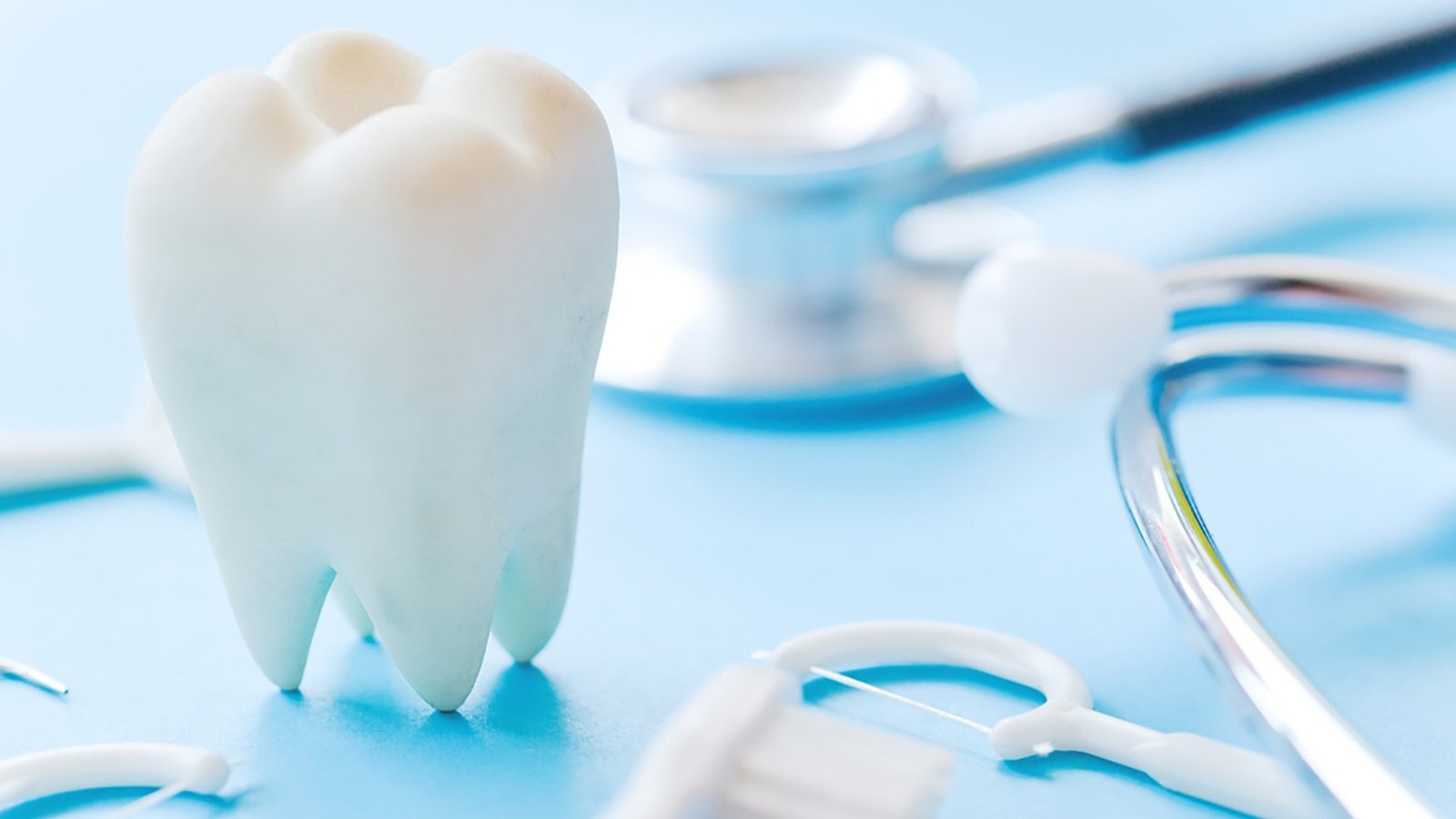One of the most important parts of ensuring the safety and hygiene of a dental practice is sterilization. Dental sterilization autoclaves are indispensable in the field of dentistry; they ensure that dental instruments are free from dangerous germs and that patients and practitioners are well protected. Aidite does not cover the autoclaves, as the company is committed to offering complete dental solutions that can support professional practices. As a dental professional, selecting the proper sterilization equipment is an integral part of ensuring a sterilized environment, and knowing how autoclaves work can assist healthcare professionals in keeping their practices safe.

- What Are Autoclaves for Dental Sterilization?
- Types of Dental Sterilization Equipment
- How exactly do dental sterilization autoclaves work?
- Why Dental Sterilization Autoclaves Are Critical in Dentistry
- Selecting the Best Autoclave for Dental Sterilization
- Innovations in Dental Sterilization Technology
- Common Mistakes to Avoid When Using Dental Sterilization Autoclaves
- FAQs
What Are Autoclaves for Dental Sterilization?
Sterilization autoclaves for dental sterilization operate in a high-pressure saturated steam atmosphere to sterilize tools, killing bacteria, viruses, fungi, and other microorganisms. These instruments keep a dental practice safe from infection control. Dental sterilization equipment today is essential for both general and complex dental procedures, as it provides faster cycles, greater safety, and better performance.
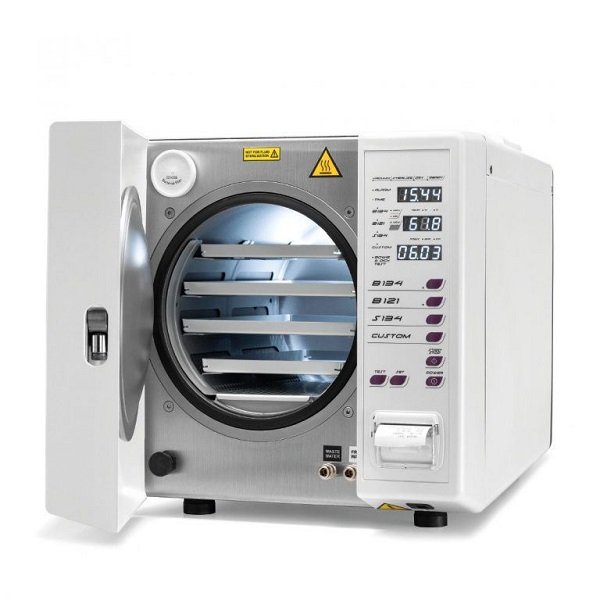
Types of Dental Sterilization Equipment
There are multiple types of dental sterilization equipment according to the various sterilization needs of a dental practice. Here are the most typical types:
- Autoclaves: This is the most common type of dental sterilization autoclave.
- Dry Heat Sterilizers: These types of sterilizers use hot air to sterilize dental tools and are ideal for heat-resistant metals.
- Chemical Sterilizers: These chemical sterilizers are utilized to make dental instruments sterile and are responsible for heat-sensitive equipment.
- UV (ultraviolet) sterilizers: These are not as commonly used as autoclaves, but these devices disinfect dental instrument sterilizers by using UV light to kill bacteria and viruses.
How exactly do dental sterilization autoclaves work?
There are two major mechanisms of action in dental sterilization autoclaves: steam and pressure. These automatic dental instrument sterilizers penetrate the surfaces of the instruments using high temperatures, killing all microorganisms that exist there. There are several steps over a temperature cycle: Heat, then pressurize, then cool.
Dental sterilizer machines utilize steam that gets as hot as 134°C (273°F), which is hot enough to eliminate even the most heat-resistant bacterial spores and viruses. Afterward, the sterilization machine cools down, and finally, the instruments are taken out and stored in a sterile place.

Why Dental Sterilization Autoclaves Are Critical in Dentistry
Dental sterilization autoclaves play an important role in preventing dental transmission of infectious diseases. Dental instrument sterilizers without proper sterilization; instruments can become a source of pathogens, which pose a risk to patients. Now, here are some of the major reasons why these autoclaves are must-haves:
- Patient Safety: One of the greatest advantages of the dental autoclave is that it provides patient safety. These devices kill harmful microorganisms found on dental instruments, preventing the transmission of diseases and infections.
- Compliance with Health Regulations: Strict infection control protocols are in place for dentists to follow, and the use of dental sterilization equipment, such as dental autoclaves, enables dental practices to follow the regulations. Dental autoclaves are designed to the high standards of leading health organizations such as the CDC and OSHA.
- Cost Effectiveness: While dental sterilizer machines for dental use may seem expensive at first, the long-term advantages they provide in your office more than make up for the initial expense. This saves money in your practice over time by eliminating the need for disposable instruments while assuring proper sterilization is undertaken.
- Efficiency: With lower cycles, modern automatic dental sterilizers can sterilize instruments in no time, which is quite necessary for an active dental practice.
Selecting the Best Autoclave for Dental Sterilization
Choosing the right dental autoclave will depend on your dental practice’s needs. Those are few considerations to keep in mind:
- Size and capacity: Select an autoclave that will work for your individual practice. Larger practices will go for the high-capacity autoclaves for sterilization, and smaller practices can also go for the compact model.
- Cycle Time: The time required to complete a sterilization cycle is a key consideration, particularly in busy dental environments. Opt for a model that offers a high cycle time to keep the instruments readily available.
- Type of Sterilization: You have to keep in mind the type of dental instruments you make use of and whether they would require a dental sterilizer machine with a multi-material capability like plastics, metals, and ceramics.
- Safety Features: Check for the presence of automatic shut-off, pressure monitoring, and safety valves on automatic dental sterilizers.
- Maintenance and Support: Select a manufacturer with strong customer service and support and a suitable dental sterilization autoclave that allows for easy maintenance and repair to give your practice peace of mind.
Innovations in Dental Sterilization Technology
While modern dental sterilization autoclaves have digital controls, automatic monitoring, and state-of-the-art safety systems, everything is designed to be dirty and has a shorter cleaning process.
- Automation & Digital Tracking: The latest dental sterilization system has safety measures that help prevent errors, meaning both the instruments and the Dental Care staff are safe.
- Features that Promote Safety: New dental sterilization equipment has better fail-safe features to ensure that the instruments, as well as the dental professionals, are safe, and a risk of being endangered can also be minimized.
- Connected Data Logging: Most automatic dental sterilizers come with in-built data logging, which enables dental professionals to easily log every sterilization cycle. This feature aids compliance checks, allowing very high hygiene standards to be maintained.
Common Mistakes to Avoid When Using Dental Sterilization Autoclaves
Although the least efficient are properly functioning dental sterilization autoclaves, the weak link for providing proper infection control is the improper use of the dental autoclave. Common mistakes to avoid are:
- Overloading the Autoclave:If too many instruments are kept in the autoclave for sterilization, it might be difficult for the steam to infiltrate through them which can result in incomplete sterilization.
- Not Properly Cleaning Before Sterilizing: Residual debris, blood, or saliva can remain on instruments and hinder the sterilization process. Always ensure the instruments are cleaned and dried before the autoclave.
- Incorrect Packaging: Using non-autoclave-safe packaging or failing to properly seal sterilization pouches can lead to contamination. We usually wrap it in sterile wraps or pouches, which allow steam permeation within the instrument.
- Ignoring Maintenance and Calibration: Regular maintenance is important to ensure dental sterilization equipment is working in top shape. Maintaining your equipment includes frequent water level checks, chamber cleaning, and temperature and pressure calibration when necessary.
- Not Monitoring Sterilization Cycles: Not monitoring cycles regularly can result in sterilization failure. Employ biological indicators, chemical indicators, and spore tests to ensure the autoclave is functioning properly.
These must-take actions can help dental professionals avoid common pitfalls with sterilization, ensuring the highest possible safety and efficiency while upholding health regulations to prevent infection in patients.
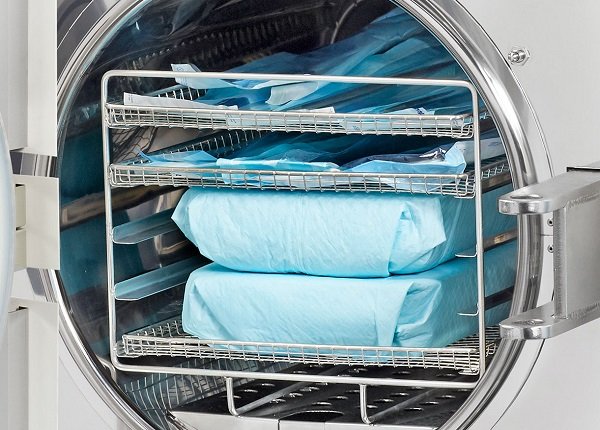
FAQs
Q1. How long does a dental sterilization autoclave cycle normally take?
Depending on the size of the load, sterilization temperature, and drying time, a typical autoclave cycle lasts 15–30 minutes, providing the destruction of microorganisms on dental instruments.
Q2. What is the optimal temperature for dental sterilization autoclaves?
Dental sterilization autoclaves use high-pressure steam between 121°C (250°F) and 134°C (273°F), effectively killing bacteria, viruses, and spores – thereby ensuring instruments are completely disinfected.
Q3. How can I ensure that my dental autoclave is performing correctly?
Temperature , pressure, and cycle count indicators need to be checked regularly. Check the sterilization effectiveness weekly by using biological indicators or spore tests and doing so helps in compliance with infection control protocols.
Conclusion
For a safe, hygienic, and efficient dental practice, dental sterilization autoclaves are essential elements. They ensure instruments are disinfected thoroughly to avoid cross-contamination and prevent you from getting infections during the procedure. An appropriate choice of autoclave enhances patient safety and provides support to the workflow in the clinic. Aidite is firm on providing dental professionals with high-standard dental solutions and products. Every dental practice knows that a clean and sterile environment is both a priority and a punishment to run without reliable dental sterilization equipment.

